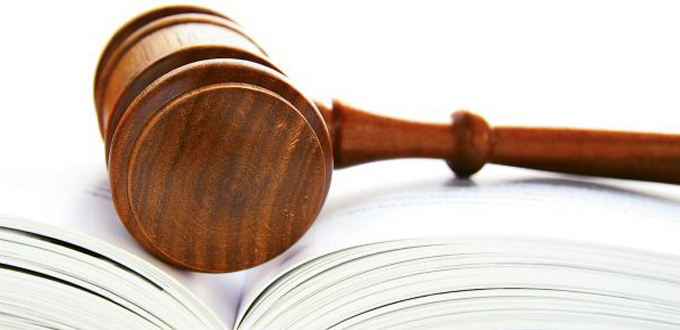INSURANCE-RELATED COURT CASES
Digested from case reports published online
COURT DECISIONS
Is COVID claim covered?
Tapestry, Inc., owns “modern luxury and lifestyle brands” including Coach, kate spade new york, and Stuart Weitzman. Tapestry operates more than 1,400 stores in the United States and internationally, including 15 stores in Maryland.
Tapestry purchased two first-person, all-risk commercial property policies from Factory Mutual Insurance Company (FM) that covered policy periods during which Tapestry’s stores were closed in connection with the COVID-19 pandemic. The primary coverages provided under these policies were triggered by “physical loss or damage” to covered properties.
The first policy covered the period April 3, 2019, through April 3, 2020; the second policy covered the period April 4, 2020, through April 3, 2021. The policies covered property against all risks of physical loss or damage, except as hereinafter excluded. The policies did not define the phrase “physical loss or damage.”
The policies provided two broad categories of coverage: property damage and time element. Each policy provided a maximum overall limit of liability per occurrence of $1 billion, applicable to all coverages, with lower sub-limits applicable to specified kinds of coverage.
The policies’ primary property damage coverage extended to all of Tapestry’s real property and certain personal property, subject to exclusions. Two of those exclusions are relevant to the court’s analysis. First, each policy excludes coverage, “unless otherwise stated,” for, among other things, “interruption of business, except to the extent provided by this Policy” and “loss of market or loss of use.” Second, each policy excludes, “unless directly resulting from other physical damage not excluded by this Policy … contamination, and any cost due to contamination including the inability to use or occupy property or any cost of making property safe or suitable for use or occupancy.” As relevant here, the policies define “contamination” as “any condition of property due to the actual or suspected presence of any foreign substance, impurity, … toxin, pathogen or pathogenic organism, bacteria, virus, disease causing or illness causing agent[.]”
One category of “additional coverage” provided in each policy’s property damage section is “communicable disease response” coverage. Under that coverage grant, “[i]f a location owned, leased or rented by the Insured has the actual not suspected presence of communicable disease” that results in a restriction on access to the location, the policies will “cover[] the reasonable and necessary costs incurred by the Insured at such location[.]” The policies defined “communicable disease” as “disease which is [ ] transmissible from human to human by direct or indirect contact with an affected individual or the individual’s discharges.”
In each policy, the primary coverage grant for time element losses provided that the “policy insures time element loss, as provided in the time element coverages, directly resulting from physical loss or damage of the type insured.” The policies insured such losses only to the extent they were incurred “during the periods of liability, which, for purposes of physical loss or damage to “buildings and equipment is the period: (a) starting from the time of physical loss or damage of the type insured; and (b) ending when with due diligence and dispatch the building and equipment could be: (i) repaired or re-placed; and (ii) made ready for operations, under the same or equivalent physical and operating conditions that existed prior to the damage.”
Tapestry submitted claims to FM under the policies for losses exceeding $700 million. After FM denied coverage, Tapestry sued.
In the suit, Tapestry contended that coverage under the policies was triggered because it suffered “physical loss or damage” both by the presence of coronavirus in its stores and when those stores had to close for business because of the presence of coronavirus. In response, FM contended that “physical loss or damage” required structural alteration or permanent dispossession of property, and that Tapestry suffered neither.
The question as originally drafted by Tapestry and certified to the court was:
When a first-party, all-risk property policy covers “all risks of physical loss or damage” to insured property from any cause unless excluded, is coverage triggered when a toxic, noxious, or hazardous substance—such as coronavirus or COVID-19—that is physically present in the indoor air of that property damages the property or causes loss, either in whole or in part, of the functional use of that property?
The court said its answer to the certified question was no, provided the substance causes neither tangible, concrete, and material harm to the property nor deprivation of possession of the property.
Tapestry, Inc., v. Factory Mutual Insurance Company—Supreme Court of Maryland—December 15, 2022—No. 1:21-cv-01941-GLR.





